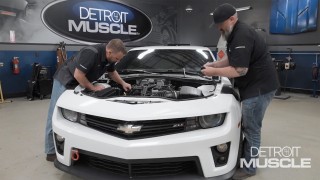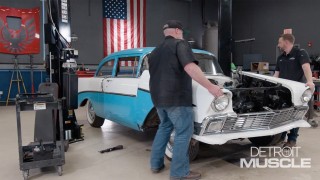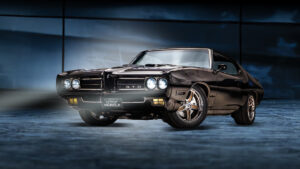
Complete build of our Big Body Grand Marquis
Complete build of our Big Body Grand Marquis
Season 7
Episode 20
Hosts: Tommy Boshers, Marc Christ
First Air Date: October 24, 2020
Duration: 21 minutes 35 seconds










































